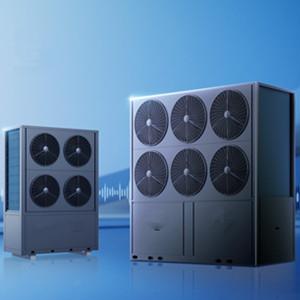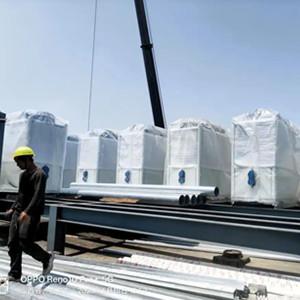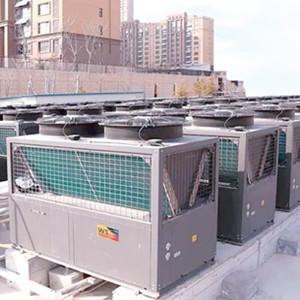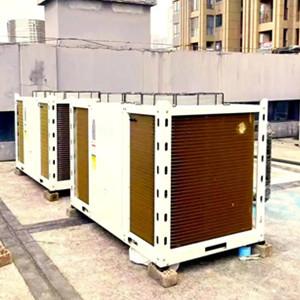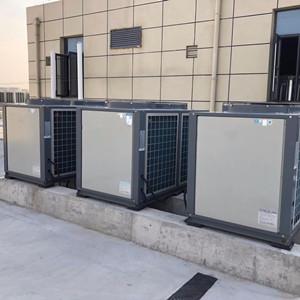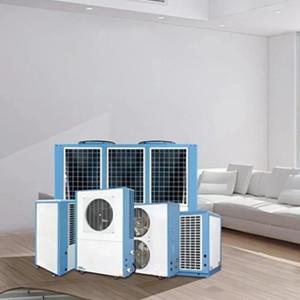What are the Differences between Single-fan and Dual-fan Air Source Heat Pumps?
There are significant differences in the design and use of single-fan and dual-fan air source heat pumps, mainly in terms of cost, heat dissipation capacity and applicable scenarios.
From a cost perspective, single-fan air source heat pumps are generally less expensive and suitable for small household scenarios. This is because the design of a single fan is relatively simple, reducing the cost of manufacturing and maintenance. In contrast, dual-fan air source heat pumps are more expensive due to their complex heat dissipation system, but are more suitable for commercial high-load application scenarios.
In terms of heat dissipation capacity, dual-fan air source heat pumps have stronger heat dissipation capacity and can handle high-load working conditions more effectively. This makes dual-fan heat pump systems perform better in environments that require efficient heat dissipation, such as large office areas or data centers. However, single-fan heat pump systems can also provide sufficient heat dissipation in low-load or small household environments, and may be more power-efficient in some cases.
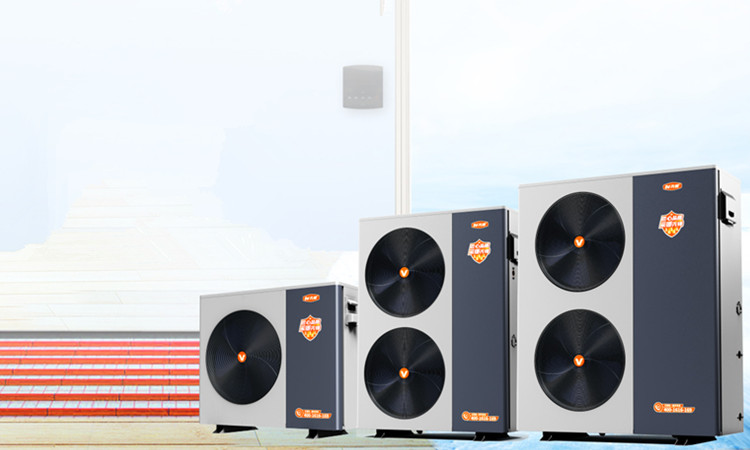
In addition, noise is also an important consideration. Although there is a view that dual-fan heat pump systems are noisy when operating, there is also evidence that the noise of dual-fan heat pump systems is basically the same as that of single-fan heat pump systems under the same indoor working conditions. Therefore, users should weigh the actual needs and environment when choosing.
Single and dual fans of air source heat pumps have their own advantages and disadvantages. Single fans are suitable for small home users with limited budgets, while dual fans are more suitable for large-load commercial applications that require efficient heat dissipation. Users should choose according to their specific needs and budget.
